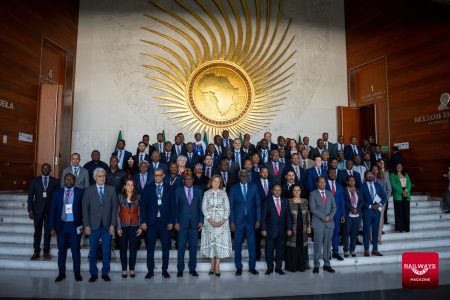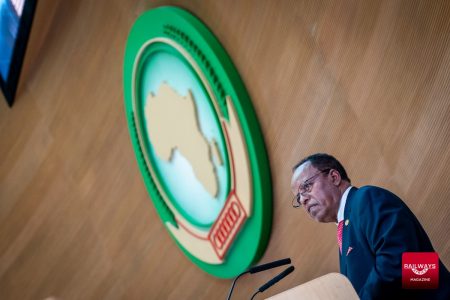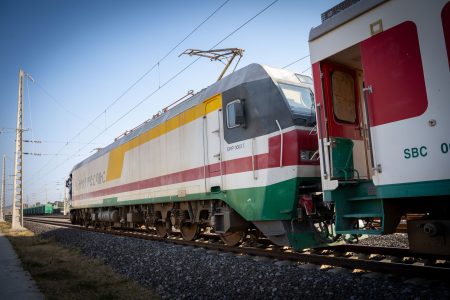This content is for Premium Subscribers only. To view this content, login below or subscribe as a Premium Subscriber.
Related News Articles
The Dream of Linking Lake Victoria to the Mediterranean Sea
11 December 2024
North Africa, South Sudan
3 min
PIDA Week 2024: Strategic Infrastructure Financing for Africa’s Growth
11 November 2024
East Africa, Ethiopia
1 min
EEG And Ethio-Djibouti Railroad Share Company Sign MoU
15 October 2023
East Africa, Ethiopia
1 min













